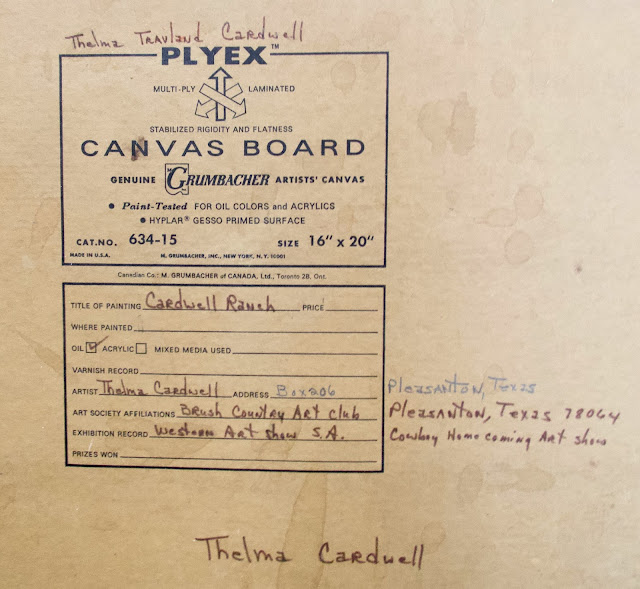The Edo people of Nigeria have had a long tradition of metal casting and this compelling portrait is an extraordinary example of their artistry. When European explorers first saw the metal works created by artisans in the Benin Kingdom, they refused to believe such sophisticated creations could be the work of Africans, but the art of casting metal existed in African long before European contact. The most famous examples are called the Benin bronzes, a collection over thousand metal sculptures and plaques looted from the Benin royal palace by British troops in 1897. Although referred to as bronzes, the pieces are a mixture of brass and other metals. The sculptures were cast using what is known as the lost-wax technique. A detailed wax sculpture was carved and then encased in layers of clay. The clay was baked, melting the wax and leaving behind a hardened mold into which the molten metal was poured.
The tradition of metal casting continues in Nigeria today, artists often reinterpreting traditional Benin bronzes, such as in this superb sculpture. This head represents a queen mother wearing an ukpe-okhue, a high pointed crown covered with a lattice of bead work. Above each eyebrow are ceremonial cicatrices. The sculpture may depict the 16th-century Queen Idia, the mother of Oba Esigie, considered to be one of the Benin Kingdom’s greatest rulers.
All posted items are for sale at Next-to-New, but things can sell quickly!
13581-8

































